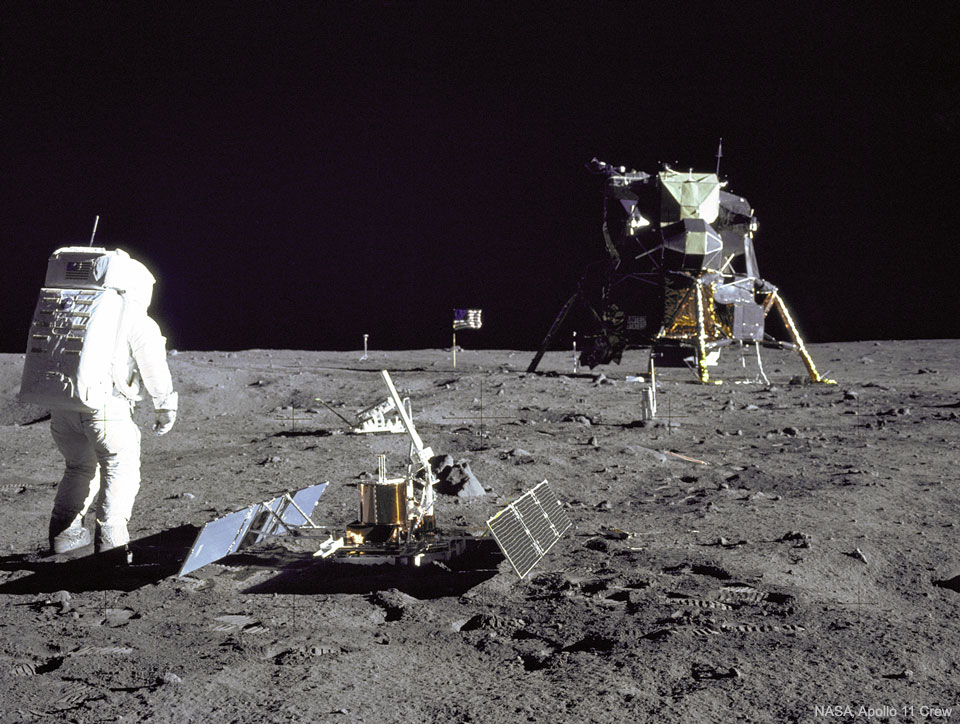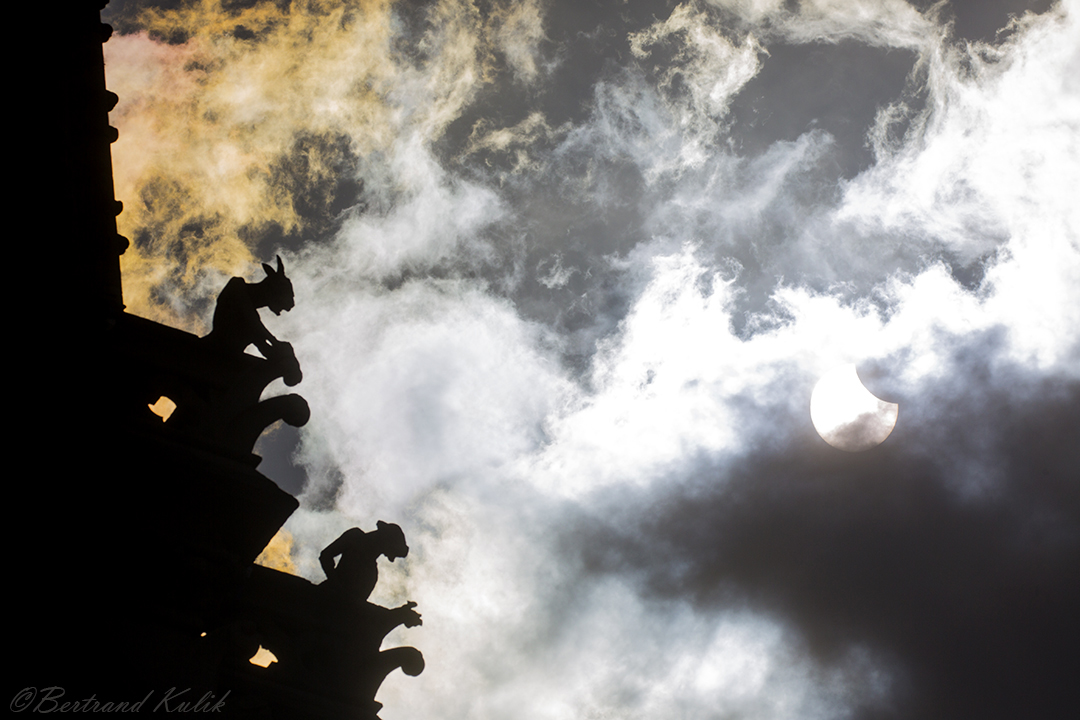Nombre total de pages vues
10/04/2025
SANTé/MEDECINE - ADN - Les nucléosomes - des ensembles de protéines
ASTRONOMY - 38 Hours with the M81 Group
2025 April 10
Image Credit & Copyright: Daniel Yang K.
Explanation: From a garden on planet Earth, 38 hours of exposure with a camera and small telescope produced this cosmic photo of the M81 galaxy group. In fact, the group's dominant galaxy M81 is near the center of the frame sporting grand spiral arms and a bright yellow core. Also known as Bode's galaxy, M81 itself spans some 100,000 light-years. Near the top is cigar-shaped irregular galaxy M82. The pair have been locked in gravitational combat for a billion years. Gravity from each galaxy has profoundly affected the other during a series of cosmic close encounters. Their last go-round lasted about 100 million years and likely raised density waves rippling around M81, resulting in massive star forming regions arrayed along M81's spiral arms. M82 was left with violent star forming regions too, and colliding gas clouds so energetic that the galaxy glows in X-rays. In the next few billion years, their continuing gravitational encounters will result in a merger, and a single galaxy will remain. Another group member, NGC 3077 is below and left of the large spiral M81. Far far away, about 12 million light-years distant the M81 group galaxies are seen toward the northern constellation Ursa Major (the Great Bear). But in the closer foreground the wide-field image is filled with integrated flux nebulae whose faint, dusty interstellar clouds reflect starlight above the plane of our own Milky Way galaxy.
09/04/2025
ASTRONOMY - HH 49: Interstellar Jet from Webb
2025 April 9
Image Credit: NASA, ESA, CSA, STScI, JWST
Explanation: What's at the tip of this interstellar jet? First let's consider the jet: it is being expelled by a star system just forming and is cataloged as Herbig-Haro 49 (HH 49). The star system expelling this jet is not visible -- it is off to the lower right. The complex conical structure featured in this infrared image by the James Webb Space Telescope also includes another jet cataloged as HH 50. The fast jet particles impact the surrounding interstellar gas and form shock waves that glow prominently in infrared light -- shown here as reddish-brown ridges. This JWST image also resolved the mystery of the unusual object at HH 49's tip: it is a spiral galaxy far in the distance. The blue center is therefore not one star but many, and the surrounding circular rings are actually spiral arms.
NEWS EN IMAGES - Lancement de Soyouz MS-27
08/04/2025
SANTé/MEDECINE - ADN : Simple brin de certains virus
ASTRONOMY - Moon Visits Sister Stars
2025 April 8
Image Credit: Cayetana Saiz
Explanation: Sometimes, the Moon visits the Pleiades. Technically, this means that the orbit of our Moon takes it directly in front of the famous Pleiades star cluster, which is far in the distance. The technical term for the event is an occultation, and the Moon is famous for its rare occultations of all planets and several well-known bright stars. The Moon's tilted and precessing orbit makes its occultations of the Seven Sisters star cluster bunchy, with the current epoch starting in 2023 continuing monthly until 2029. After that, though, the next occultation won't occur until 2042. Taken from Cantabria, Spain on April 1, the featured image is a composite where previous exposures of the Pleiades from the same camera and location were digitally added to the last image to bring up the star cluster's iconic blue glow.
06/04/2025
ASTRONOMY - Moonquakes Surprisingly Common
2025 April 6
Image Credit: NASA, Apollo 11 Crew
Explanation: Why are there so many moonquakes? Analyses of seismometers left on the moon during the Apollo moon landings reveal a surprising number of moonquakes occurring within 100 kilometers of the surface. In fact, 62 moonquakes were detected in data recorded between 1972 and 1977. Many of these moonquakes are not only strong enough to move furniture in a lunar apartment, but the stiff rock of the moon continues to vibrate for many minutes, significantly longer than the softer rock earthquakes on Earth. The cause of the moonquakes remains unknown, but a leading hypothesis include tidal gravity from -- and relative heating by -- our Earth. Regardless of the source, future moon dwellings need to be built to withstand the frequent shakings. Pictured here, Apollo 11 astronaut Buzz Aldrin stands beside a recently deployed lunar seismometer, looking back toward the lunar landing module.
05/04/2025
SANTé/MEDECINE - ADN - La structure : une double hélice
ASTRONOMY - The Gargoyles' Eclipse
2025 April 5
Image Credit & Copyright: Bertrand Kulik
Explanation: In dramatic silhouette against a cloudy daytime sky over Paris, France, gargoyles cast their monstrous gaze outward from the west facade of Notre Dame Cathedral. Taken on March 29, this telephoto snapshot also captures the dramatic silhouette of a New Moon against the bright solar disk in a partial solar eclipse. Happening high in Parisian skies, the partial eclipse was close to its maximum phase of about 23 percent. Occurring near the end of the first eclipse season of 2025, this partial solar eclipse followed the total eclipse of the Full Moon on March 13/14. The upcoming second eclipse season of 2025 will see a total lunar eclipse on September 7/8 and partial solar eclipse on September 21. The partial solar eclipse will be seen only from locations in planet Earth's southern hemisphere.
04/04/2025
ANIMAUX - Le macaque crabier ou macaque à longue queue
SANTé/MEDECINE - Cancer de la bouche : ce symptôme qui peut passer inaperçu
Nombreux sont les symptômes qui sortent de l’ordinaire et nous interpellent plus que d’autres lorsque l’on pense souffrir d’une maladie. C’e...

-
2021 May 11 Lightning and Orion Beyond Uluru Image Credit & Copyright: Park Liu Explanation: What's happening behind Uluru? A Un...
-
2024 July 5 Mount Etna Milky Way Image Credit & Copyright : Gianni Tumino Explanation: A glow from the summit of Mount Etna , famous ...









